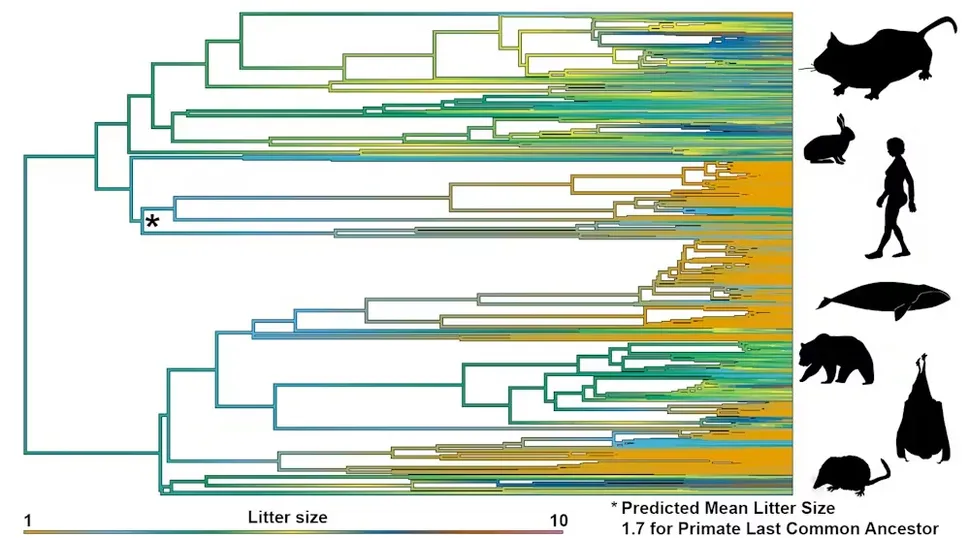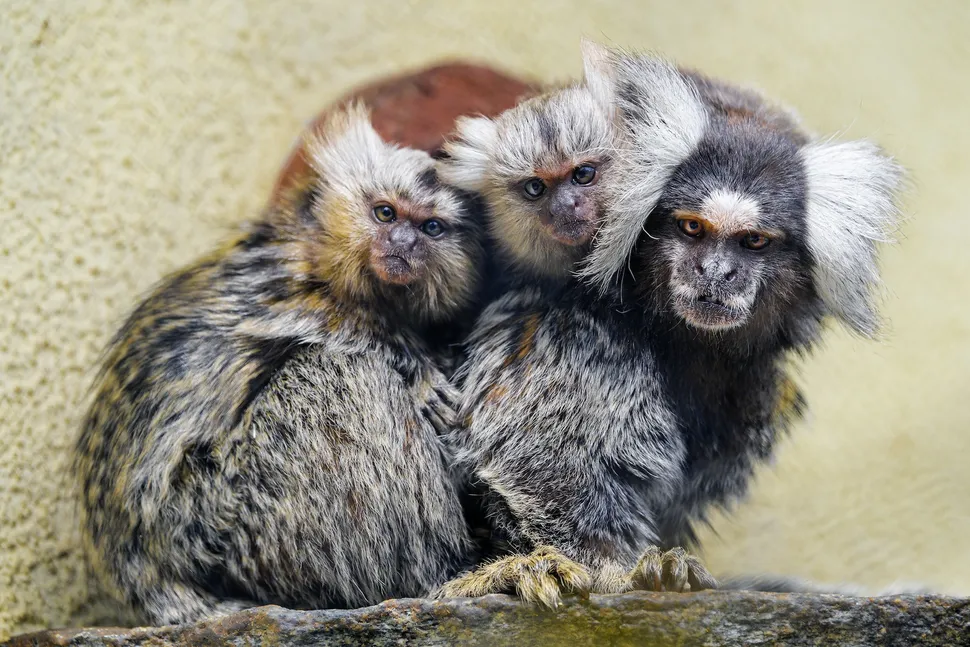Twins are pretty rare, accounting for just 3% of births in the U.S. these days. But new research shows that for primates 60 million years ago, giving birth to twins was the norm.
Twins have historically been rare in humans, often seen as special or symbolic in various cultures. However, recent research suggests that twins were actually the norm much earlier in primate evolution. Although humans and other primates typically give birth to one baby at a time today, our most recent common ancestor, which lived around 60 million years ago, likely gave birth to twins as the standard.

This research involves studying the evolution of mammal litter sizes through fossil and living specimens, using statistical algorithms to track patterns in reproductive traits across species. The findings challenge the previous assumption that twin pregnancies in primates were an exception, suggesting instead that twin births were the ancestral trait, and single births have evolved as a derived characteristic.

The switch from twin to singleton births likely happened around 50 million years ago in primates, including humans. Larger, more developed babies, such as humans with larger brains, require more energy and longer gestation periods. This shift allowed for the evolution of larger bodies and brains, essential for the complex learning seen in primates today.
The research also highlights the trend of twin births increasing in modern times, particularly due to advances in reproductive technologies. However, the rates of twin births come with increased risks for both mothers and babies, including premature births. Despite these challenges, twins remain an important part of our genetic and evolutionary history.
